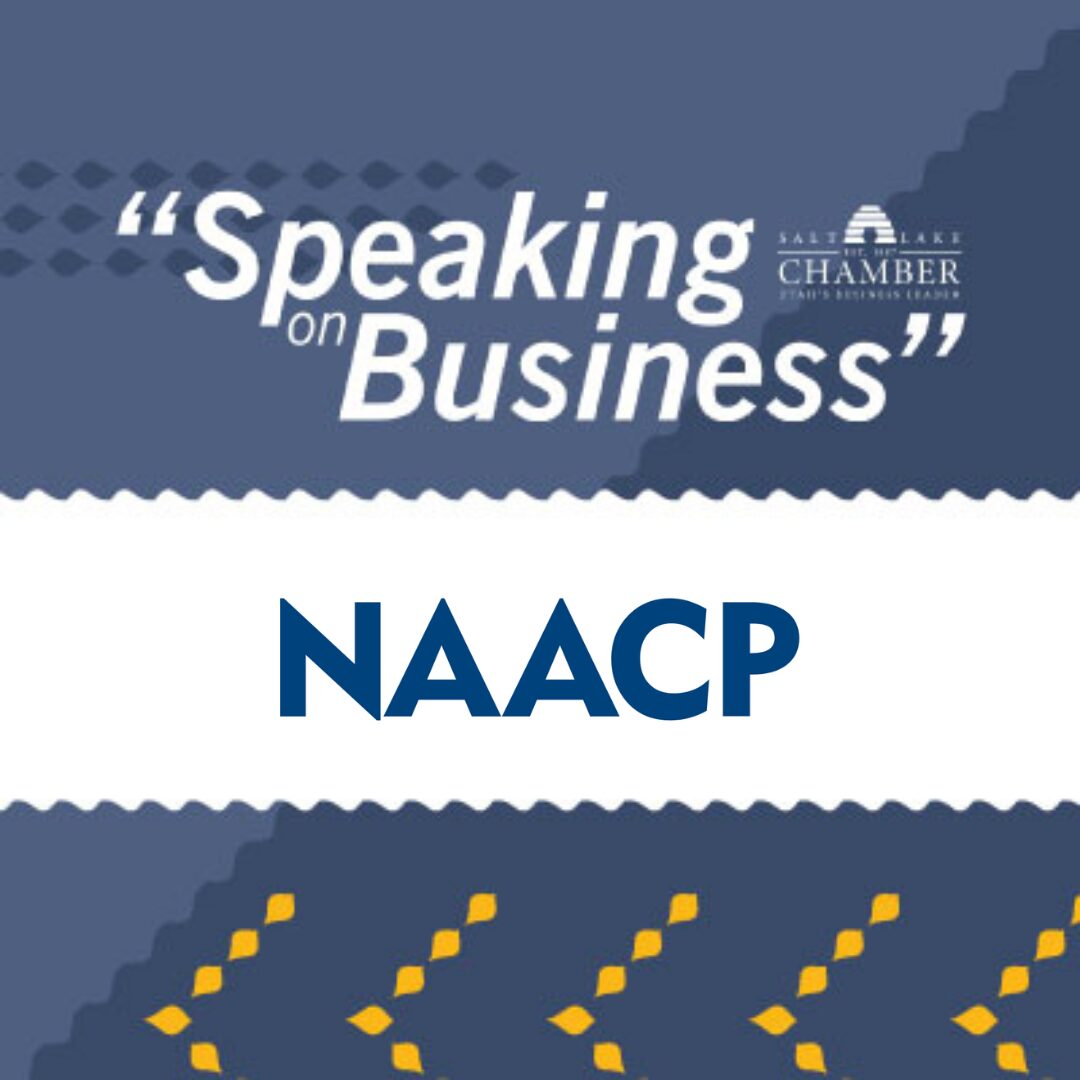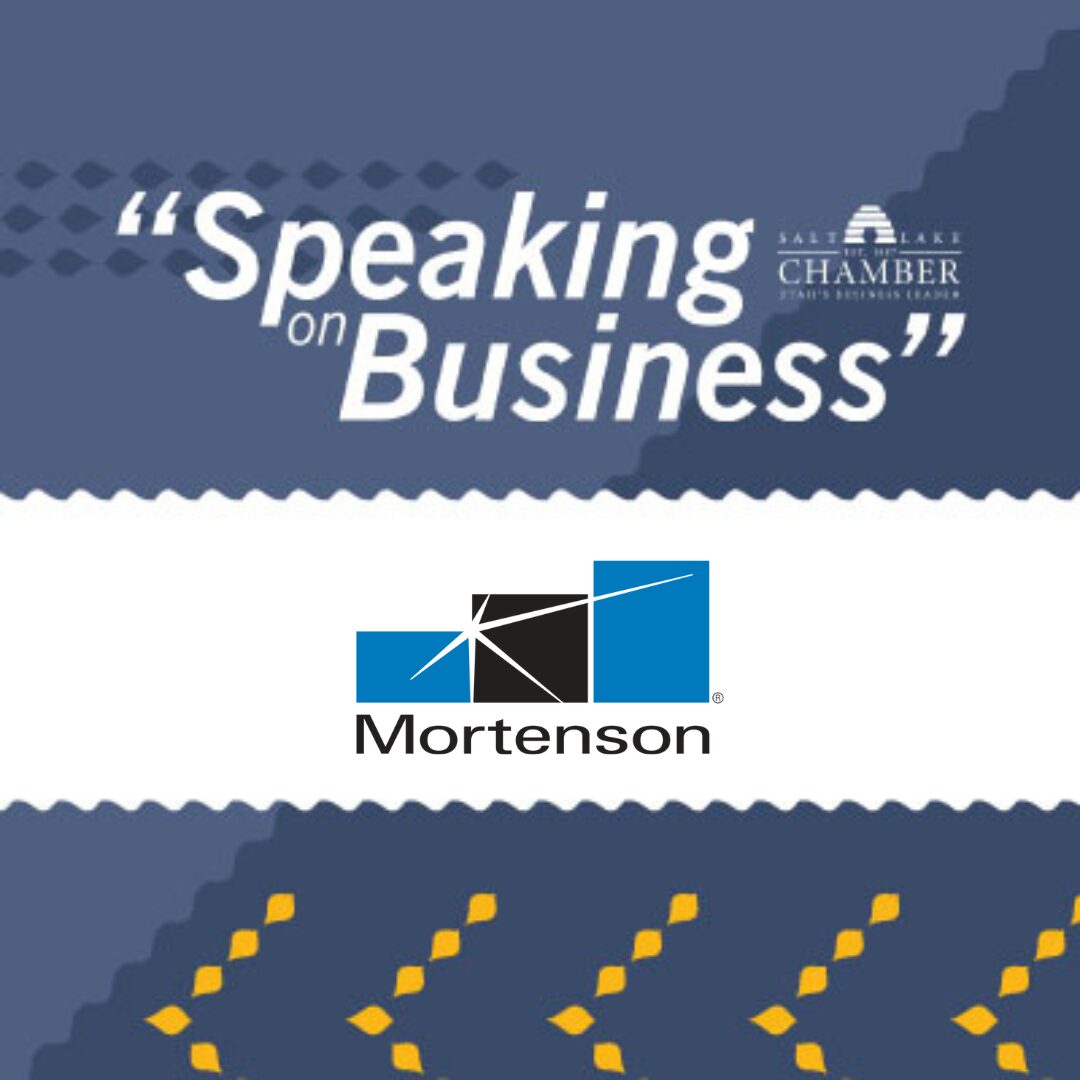Never before have so many generations worked side by side. From seasoned Traditionalists to digital-native Gen Zers, today’s workforce reflects a dynamic blend of life experiences, cultural references and communication styles. This rich diversity offers organizations immense potential — but only if we learn how to bridge the generational divide.
Whether you’re onboarding a Gen Z intern, managing a team of Gen Xers or collaborating with a Baby Boomer colleague, understanding how different generations prefer to communicate is essential. It’s not just about avoiding misunderstandings — effective communication across generations builds trust, boosts morale and strengthens team performance.
Let’s take a closer look at the five generations currently shaping today’s workplace:
- Traditionalists (born before 1946)
- Baby Boomers (1946–1964)
- Generation X (1965–1980)
- Millennials (1981–1996)
- Generation Z (1997–2012)
Each group brings unique strengths, values and communication preferences shaped by their life experiences and the technologies of their time.
Communication Styles by Generation
Traditionalists and Baby Boomers often value more formal communication. Face-to-face meetings, phone calls and detailed emails are typically preferred. While Boomers may be more open to digital tools than Traditionalists, both generations tend to favor structured communication.
Generation X is known for their independence and adaptability. They’re comfortable with email and often serve as a bridge between analog and digital communication styles. Gen Xers appreciate clarity and directness and are usually just as comfortable with phone calls as they are with digital platforms.
Millennials are digital natives who thrive in collaborative environments. They prefer real-time communication tools like Slack, Teams or text messages and value transparency, regular feedback and authenticity. Their communication style tends to be informal, inclusive and tech-savvy.
Generation Z, the newest workforce entrants, grew up entirely in the digital age. They prefer quick, visual and mobile-friendly communication — texts, memes, emojis and short videos are second nature. Despite their digital fluency, Gen Z craves authenticity and human connection, often valuing personalized, values-based communication from their leaders.
Tips for Navigating Multigenerational Communication
Rather than seeing generational differences as a challenge, view them as opportunities for learning and connection. Here are a few ways to promote effective communication across your team:
- Adapt your style to your audience — what works for one generation may not work for another.
- Offer multiple channels for communication (email, chat, video calls, in-person meetings).
- Encourage mentoring, where younger and older employees share knowledge and perspectives with one another.
- Cultivate a culture of curiosity and respect, where people feel safe to ask questions and share ideas.
When we understand and respect each generation’s communication preferences, we create a workplace where everyone feels seen, heard and valued. The result? More engaged teams, stronger collaboration and a culture that embraces the full power of its diversity.

About Jennifer Holmberg, Director of Development, Guadalupe Center
Jennifer is a business professional with over 20 years of management
experience in banking, outdoor retail, business administration, consulting
and veterinary hospital management. Currently, she is the Development
Director for a local nonprofit, Guadalupe Center. She loves collaborating with
others, solving problems and creating new opportunities for connection and
growth. She is enthusiastic and energetic about her work and loves
facilitating the growing network of community connections for Guadalupe
Center.
Outside of work, she enjoys spending time with her family, exercising,
reading, listening to music, being outside hiking, paddle boarding, rock
climbing and traveling.
*Any reference obtained from this blog to a specific initiative, issue or topic does not constitute or imply an endorsement by the Salt Lake Chamber. The views and opinions expressed in this blog do not necessarily reflect those of the Salt Lake Chamber.


